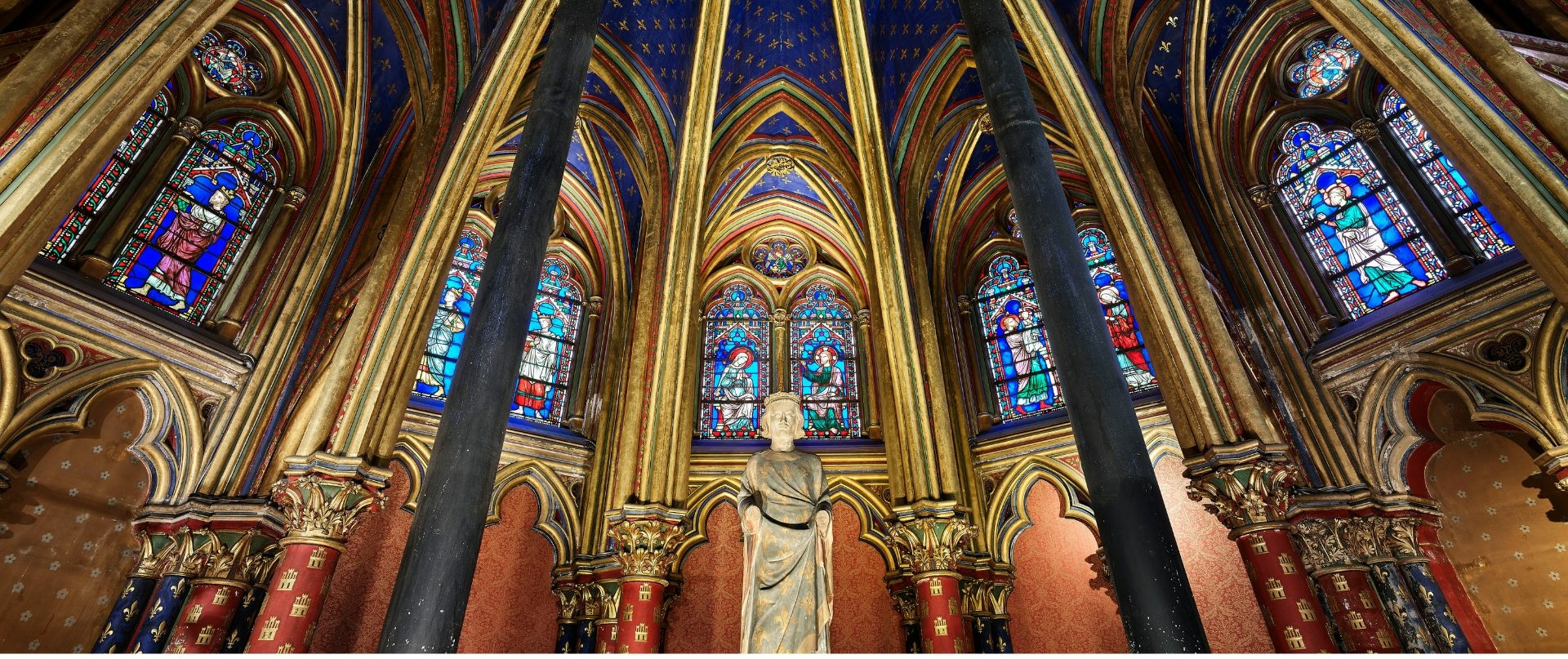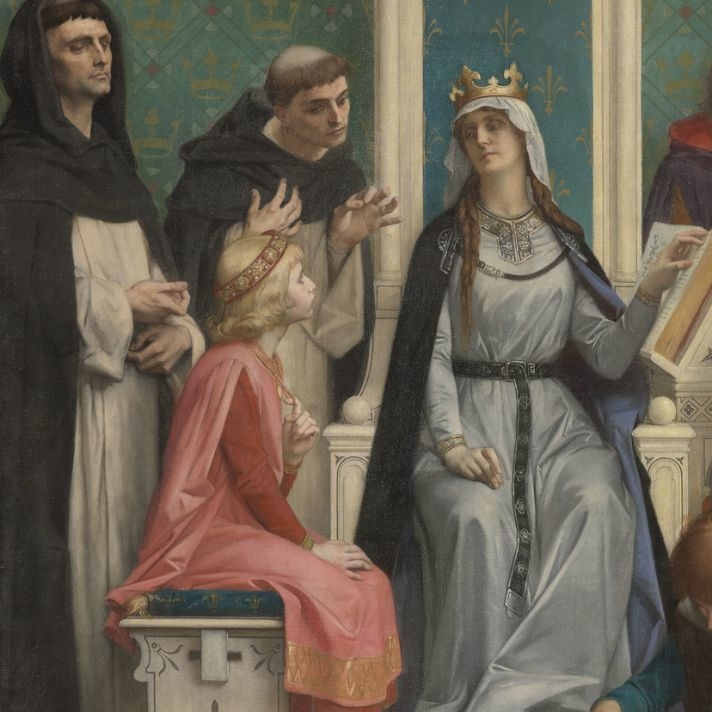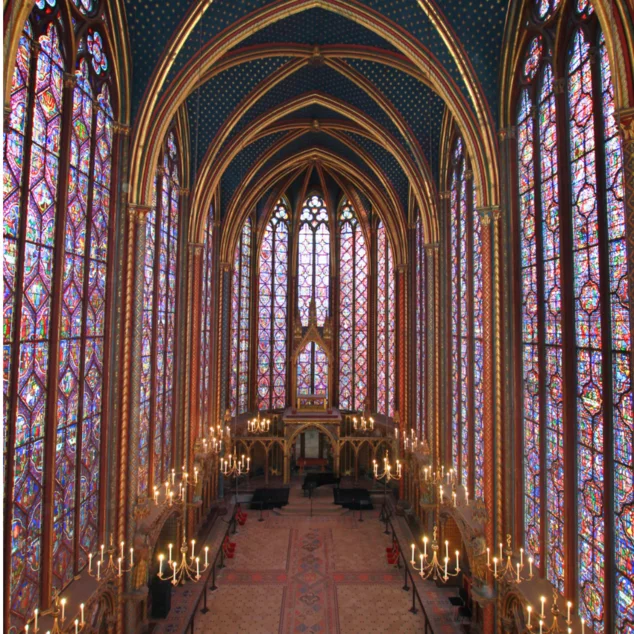History
article | Reading time5 min
History
article | Reading time5 min
Meet Louis IX, the holy king...
Born on April 25, 1214, he is only 12 years old when he reaches the throne. His mother, Blanche of Castile, became regent and quickly took charge of his coronation on November 29, 1226 in the cathedral of Notre-Dame de Reims. Of an authoritarian character, she instilled in the little king a religious and very rigorous education, rules of life that they will animate him until his last breath on August 25, 1270, in Carthage near Tunis.
If his attitude towards the Jews (notably the introduction of the wearing of the rouelle) and the validity of the crusades undertaken by the king remain to this day one of the most controversial aspects of his political action, Louis IX was a king who loved justice and diplomacy, and was nicknamed "the prud'homme". He was also a reformer of royal institutions and a builder. He often intervened as an arbitrator in various international conflicts.
Hervé Lewandoski - Centre des monuments nationaux
In his kingdom, bailiffs and provosts crisscrossed France in order to enforce royal decisions. An ordinance of 1245, known as "the quarantine-king" instituted a forty-day truce to limit private wars. In his palace, on the island of the city, lacuriaregis (or the king's court) began to specialize in different areas of action: a council dealt with political affairs, a section rose to the rank of parliament, and another became the ancestor of the court of accounts.
In 1254, back in France after his captivity in Egypt during the 7th crusade, he reformed his life and his kingdom in a concern of penitence. He established the "great ordinance", which ordered, among other things, the royal officers to render justice without distinction of persons, to refuse all gifts for themselves or their families, not to levy any fine without judgment and which established the presumption of innocence.
Moral rules were established: blasphemy, prostitution, gambling, games of dice and chance, and interest-bearing loans were forbidden. The ordeal was abolished and replaced by rational evidence or witnesses. Wives were no longer punished for their husbands' faults.
Etienne Revault - Centre des monuments nationaux
Finally, the king was a builder, among the various buildings that he left us. In the military field, we owe him the fortifications of Angers and those ofAigues-Mortes, from where Saint Louis left for the seventh crusade in August 1248.
In civil architecture, the Quinze-Vingts hospice was founded as well as the restoration of the Hôtel-Dieu. In religious architecture, it was the foundation of the Royaumont Abbey, a project in which the king was personally involved, according to Joinville. In Saint Denis, it is works and its sepulchral set which is ordered.
When the king acquires the Holy Crown of Thorns in 1239, from the Emperor of Constantinople Baldwin II, he requires a case worthy of this relic, a "monumental reliquary": the Sainte-Chapelle.
Jean Feuille - Centre des monuments nationaux
The king begins the eighth crusade in 1270. The crusaders also leave fromAigues-Mortes and stop in Sardinia. They arrived in Tunis and laid siege around the city. The king died on August 25 at the age of 56, certainly of a disease close to the plague or dysentery.
The new king, Philip III, wanted his father's remains to be repatriated to France. On May 21, 1271 the coffin of Louis IX is exposed in Notre-Dame de Paris and the funeral takes place in the basilica of Saint Denis the following day.
Considered a saint during his lifetime, Louis IX was immediately venerated by his entourage and his subjects after his death. 27 years after the king's death, Pope Boniface VIII closed the canonization process and Louis IX became Saint Louis, the only king of France to have been canonized.
In 1306, Philip the Fair ordered a sumptuous gold, enamel and precious stone master reliquary from his goldsmith Guillaume Julien for the skull of Saint Louis, which joined the sumptuous treasure of the Sainte-Chapelle, already rich with 22 relics of the Passion of Christ.
Hervé Lewandoski - Centre des monuments nationaux
History, Art & Architecture
video | 2 min







